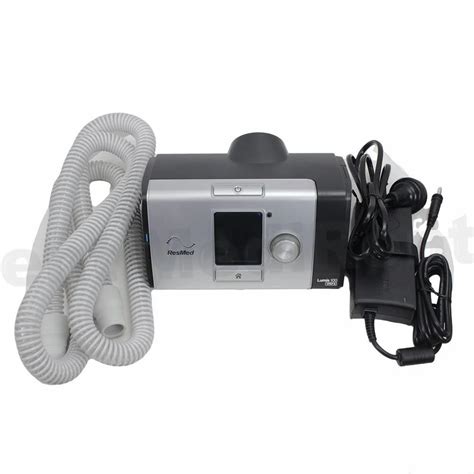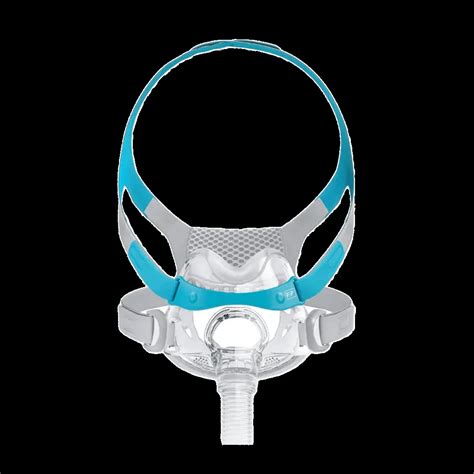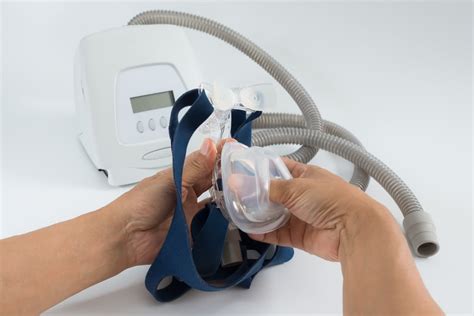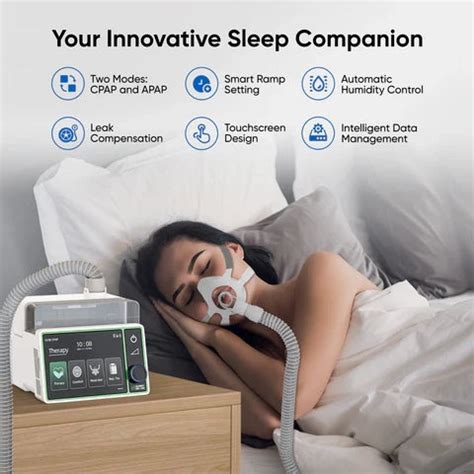Intro
Discover the ultimate Cpap Equipment Guide, featuring sleep apnea solutions, breathing machines, and respiratory therapy devices, to help you choose the best Cpap supplies for a restful nights sleep.
Sleep apnea is a common sleep disorder that affects millions of people worldwide, causing breathing to stop and start repeatedly during sleep. One of the most effective treatments for sleep apnea is Continuous Positive Airway Pressure (CPAP) therapy. CPAP equipment has revolutionized the way sleep apnea is managed, providing relief to countless individuals who struggle with this condition. In this comprehensive guide, we will delve into the world of CPAP equipment, exploring its benefits, working mechanisms, and key components.
Sleep apnea can have severe consequences if left untreated, including daytime fatigue, high blood pressure, and increased risk of heart disease. CPAP therapy has been shown to significantly improve sleep quality, reduce symptoms of sleep apnea, and enhance overall health and well-being. With the advancements in technology, CPAP equipment has become more comfortable, user-friendly, and effective, making it an essential tool for managing sleep apnea. Whether you are a newly diagnosed patient or a seasoned user, understanding the ins and outs of CPAP equipment is crucial for optimal treatment outcomes.
The importance of CPAP equipment cannot be overstated, as it plays a vital role in maintaining a consistent flow of air pressure into the airways, keeping them open and preventing collapse. This, in turn, ensures uninterrupted breathing, allowing individuals to enjoy a restful and rejuvenating sleep. As we explore the world of CPAP equipment, we will discuss the various types of machines, masks, and accessories available, as well as provide practical tips for selecting the right equipment, troubleshooting common issues, and maintaining optimal device performance.
Understanding CPAP Equipment

CPAP equipment consists of several key components, including the CPAP machine, mask, hose, and filter. The CPAP machine is the core of the system, generating a constant flow of pressurized air that is delivered through the hose and mask. The mask is a critical component, as it must fit comfortably and securely to ensure a proper seal and effective air pressure delivery. There are various types of masks available, including nasal masks, full-face masks, and nasal pillow masks, each designed to accommodate different facial structures and preferences.
Types of CPAP Machines
CPAP machines come in various shapes and sizes, ranging from compact travel devices to advanced, feature-rich models. The most common types of CPAP machines include: * Fixed-pressure CPAP machines: These machines deliver a constant flow of air pressure, which is set by a healthcare professional. * Auto-adjusting CPAP machines: These machines automatically adjust air pressure levels throughout the night, ensuring optimal therapy and comfort. * Bi-level CPAP machines: These machines provide two different levels of air pressure, one for inhalation and another for exhalation, making them ideal for patients with respiratory disorders.Benefits of CPAP Equipment

The benefits of CPAP equipment are numerous and well-documented. Some of the most significant advantages include:
- Improved sleep quality: CPAP therapy helps regulate breathing patterns, ensuring a restful and rejuvenating sleep.
- Increased energy levels: By reducing sleep disruptions and promoting uninterrupted breathing, CPAP equipment can significantly boost energy levels and reduce daytime fatigue.
- Enhanced cognitive function: CPAP therapy has been shown to improve concentration, memory, and mood, making it an essential tool for individuals with sleep apnea.
- Reduced risk of complications: CPAP equipment can help mitigate the risks associated with sleep apnea, including high blood pressure, heart disease, and stroke.
Working Mechanisms of CPAP Equipment
CPAP equipment works by delivering a constant flow of pressurized air into the airways, keeping them open and preventing collapse. The machine generates air pressure, which is then delivered through the hose and mask. The air pressure helps to: * Keep the airways open: By providing a constant flow of air pressure, CPAP equipment prevents the airways from collapsing, ensuring uninterrupted breathing. * Reduce sleep disruptions: CPAP therapy helps regulate breathing patterns, reducing sleep disruptions and promoting a restful sleep. * Improve oxygen levels: By ensuring uninterrupted breathing, CPAP equipment helps improve oxygen levels, reducing the risk of complications associated with sleep apnea.Steps for Selecting the Right CPAP Equipment

Selecting the right CPAP equipment can be a daunting task, especially for newly diagnosed patients. Here are some steps to follow:
- Consult with a healthcare professional: A healthcare professional can help determine the best course of treatment and recommend suitable CPAP equipment.
- Consider lifestyle and preferences: Choose a mask that fits comfortably and securely, and consider a machine that is compact and portable.
- Research different models: Look into various CPAP machine models, comparing features, prices, and user reviews.
- Read reviews and ask for recommendations: Talk to other patients, read online reviews, and ask for recommendations from healthcare professionals to find the best CPAP equipment for your needs.
Troubleshooting Common Issues
Common issues with CPAP equipment include: * Mask leaks: Adjust the mask to ensure a proper fit, and consider using a mask liner or cushion to improve the seal. * Machine noise: Use a machine with a built-in noise reduction feature, or place the machine on a shelf or in a separate room to minimize noise. * Skin irritation: Use a mask with a soft, breathable material, and consider using a skin cream or lotion to reduce irritation.Maintaining Optimal Device Performance

To maintain optimal device performance, follow these tips:
- Clean and disinfect the equipment regularly: Use a mild soap and water to clean the mask, hose, and machine, and disinfect the equipment with a vinegar solution.
- Replace filters and parts: Regularly replace filters and parts, such as the mask cushion and hose, to ensure optimal performance and prevent bacterial growth.
- Monitor and adjust settings: Regularly monitor and adjust settings, such as air pressure and humidity levels, to ensure optimal therapy and comfort.
Practical Examples and Statistical Data
Studies have shown that CPAP therapy can significantly improve sleep quality and reduce symptoms of sleep apnea. For example, a study published in the Journal of Clinical Sleep Medicine found that CPAP therapy reduced sleep apnea symptoms by 70% and improved sleep quality by 50%. Another study published in the Journal of Sleep Research found that CPAP therapy reduced daytime fatigue by 40% and improved cognitive function by 30%.Conclusion and Next Steps

In conclusion, CPAP equipment is a vital tool for managing sleep apnea, providing relief to countless individuals who struggle with this condition. By understanding the benefits, working mechanisms, and key components of CPAP equipment, individuals can make informed decisions about their treatment and take the first step towards a restful and rejuvenating sleep. Whether you are a newly diagnosed patient or a seasoned user, we encourage you to take an active role in your treatment, exploring the various types of CPAP equipment available and working closely with your healthcare professional to find the best solution for your needs.
We invite you to share your experiences and thoughts on CPAP equipment, and to ask any questions you may have about this topic. Your feedback and insights are invaluable, and we look forward to hearing from you. Please comment below, share this article with others, and join the conversation on social media using the hashtag #CPAPEquipmentGuide.
What is CPAP equipment and how does it work?
+CPAP equipment is a device that delivers a constant flow of pressurized air into the airways, keeping them open and preventing collapse. It works by generating air pressure, which is then delivered through a hose and mask, helping to regulate breathing patterns and promote uninterrupted sleep.
What are the benefits of using CPAP equipment?
+The benefits of using CPAP equipment include improved sleep quality, increased energy levels, enhanced cognitive function, and reduced risk of complications associated with sleep apnea.
How do I choose the right CPAP equipment for my needs?
+To choose the right CPAP equipment, consult with a healthcare professional, consider your lifestyle and preferences, research different models, and read reviews and ask for recommendations from other patients and healthcare professionals.
